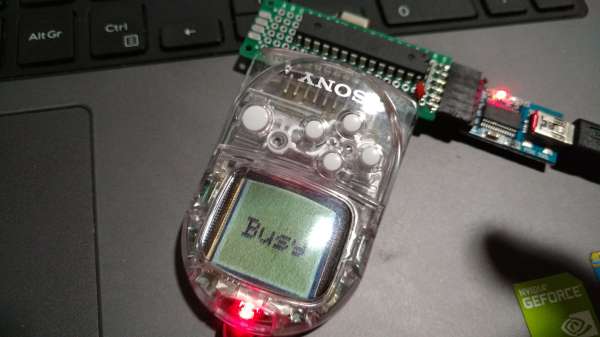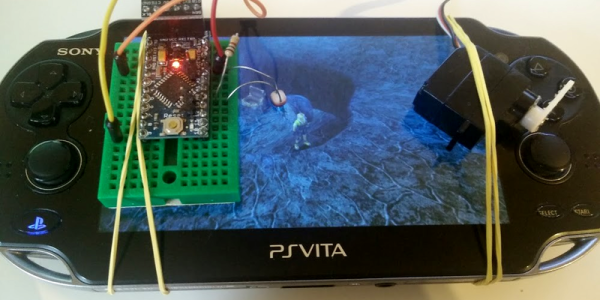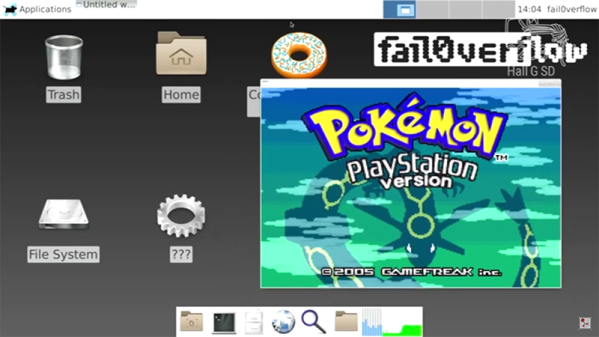The Nintendo PlayStation is not a misnomer. Before the PS1, Sony teamed up with Nintendo to produce a video game console that used CD-ROMs as a distribution platform. These plans fell through, Sony went on to design the PS1, Nintendo the N64, but a few prototype ‘Nintendo PlayStations’ made it out into the wild. One of these unbelievably rare consoles was shipped to a company that eventually went into bankruptcy. The console was found when the contents of an office building were put up for auction, and last year, [Ben Heck] tore it apart.
It’s taken a year, but now this Nintendo PlayStation is finally working. This console now plays audio CDs and games written by homebrewers. The hardware lives, and a console once forgotten lives once more.
The last time [Ben Heck] took a look at the Nintendo PlayStation, the CD-ROM portion of the console was non-functional. The Super Nintendo was still functional, but for this prototype, the CD-ROM was completely self-contained and required a ‘boot cartridge’ of sorts to access anything on a CD. Somehow or another — [Ben] thinks it was a wonky cable or a dead cap — The CD-ROM came to life. Yes, jiggling a cable was the extent of the repair, after spending an inordinate amount of time reverse engineering the console.
With the CD-ROM working, [Ben] got audio playing and tried out of the few homebrew games for this PlayStation prototype. Super Boss Gaiden didn’t quite work because this game was designed to load in chunks. Another game written for this console, Magic Floor, was small enough to fit in the entirety of the CD-ROM’s buffer and loaded correctly. That doesn’t mean the game worked; there are some slight differences between the Nintendo PlayStation emulator and the actual hardware that now exists. [Ben] emailed the author of Magic Floor, and now, after a quarter-century, the Nintendo PlayStation works.
What’s next for the Nintendo PlayStation? Well, now the emulator for this system can correctly reflect the actual hardware, and hopefully the homebrewers can figure out how to write a game for this system.
Continue reading “The Nintendo PlayStation: Finally Working” →


















